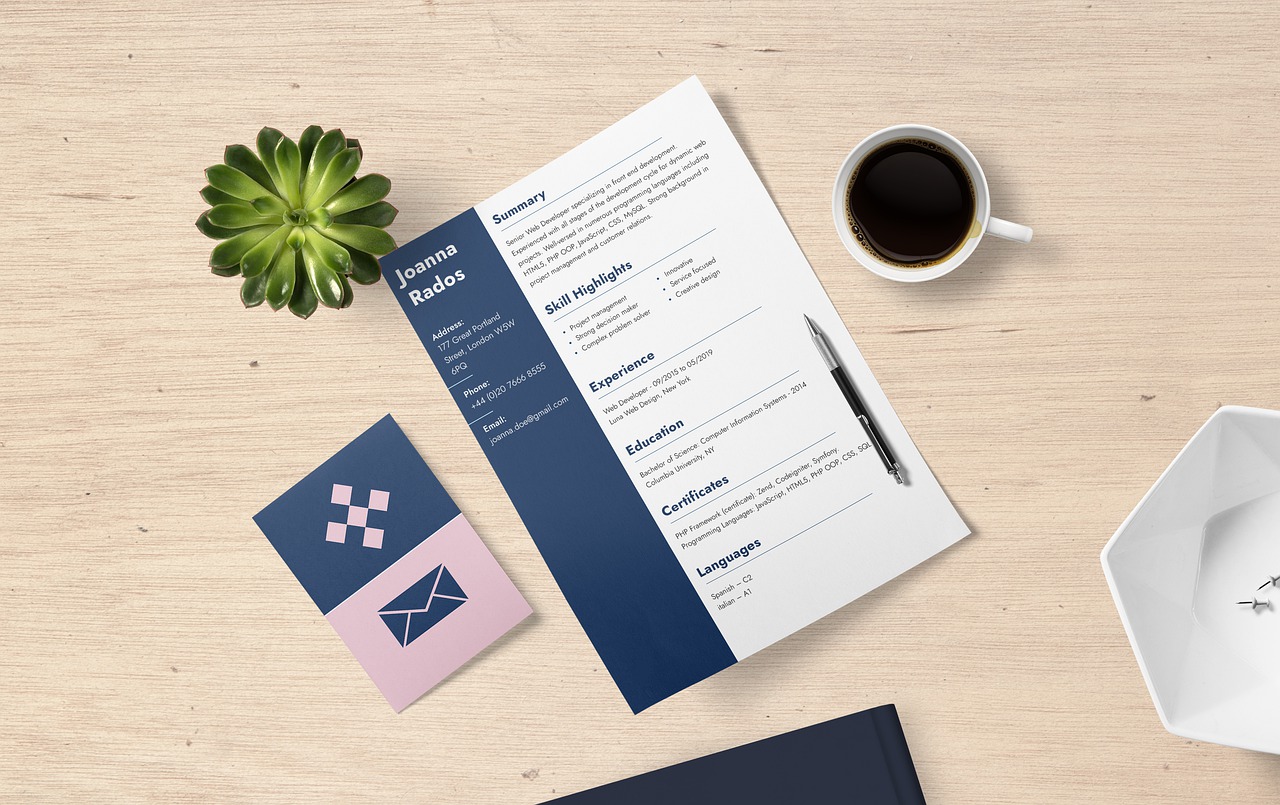Best CV Format: Everyone Should Follow Before Applying for a Job
A well-written CV is essential to get noticed by a recruiter or hiring manager. But to create a professional-looking resume, you need to format it first.
The format you choose for your resume is up to you. Before you begin writing your resume, it is essential to decide regardless of whether you want to use a chronological or functional format. Individuals who have different experiences and ambitions can benefit from using these resume types over others. When selecting precise formatting choices like margin or style of font, what you must emphasize is to generate a document that enables employers to easily recognize why you’re a good fit for the job.
The following ways will ensure your resume draws in the recruiters attention:
Functionality and Reverse Chronology design:
Sorted alphabetically-resume are the most prevalent and standard format for a CV. To use this resume format, you must list your relevant working experience in reverse chronological, beginning with the current job and going back to your first organization. A brief explanation of your essential duties and accomplishments are also included in this section, along with the dates and locations of your previous jobs.
Pros:
Most recruiters and HR managers choose this format since it’s straightforward to navigate and provides an easy-to-read chronological picture of your work experience, allowing for a quick choice.
- This will the most demanding resume format going forward.
Cons:
- This structure is a considerable disadvantage if you’re just out of college and don’t have any professional experience. If you’re searching for a job, one of the other topics would be a better fit.
Functional:
Instead of focusing on history of employment, this format of CV shows one’s abilities. On the other hand, a functional resume emphasizes your abilities rather than the experience you’ve attained. As a result of such traits, it’s often referred to as a skills-based CV.
This is the CV format to use if you’re looking for a position when your previous work experience isn’t directly relevant.
Pros:
- In addition, if you’re changing careers, you can demonstrate how your capabilities will be beneficial to the new position.
- This is also a fantastic alternative if you’re a recent graduate having practical knowledge but no job experience.
Cons:
- Hiring managers and recruiters aren’t familiar with the functional resume style because it isn’t trendy in 2021.
Using applicant tracking systems (ATS):
Combining the functional and chronological sections is known as a “hybrid.” The talents and achievements section comes first on this resume, followed by a list of previous jobs in reverse chronological order. This type of resume is helpful because it emphasizes achievements and abilities, shows the most critical information to managers first, and helps to eliminate gaps in employment history without concealing them. It helps to minimize gaps in employment history. This format may interest hiring managers who prefer both traditional and non-traditional formats.
Pros:
- The ability to showcase your expertise and talents in a relatively small area is helpful for top professionals or executives who need to stress on more than just the experience in work.
Cons:
- Unlike functional resumes, combination resumes are difficult to grasp by applicant tracking systems.
- This CV style isn’t suitable for you if you’re a fresh college graduate with minimal professional experience.
Once you’ve gathered all the information required, you’ll need to structure and review your CV. The resume, as previously indicated, should be clean and easy to read. There should be no awkwardness at all. You must arrange every section rationally and prioritize accordingly, and each column should follow the next. Even if your resume contains high-quality content, a recruiter will always prefer a concise, well-written document that is clear and concise over one that is lengthy and well-formatted.
Conclusion:
A well-formatted CV always attracts the attention of a recruiter. If you’re using an online resume-building service, you’ll want to double-check all the formatting. Then comes proofreading. Make sure you proofread and examine the entire resume. There must be no possibility of an error in the CV. So, don’t stop proofreading until you’re satisfied.

